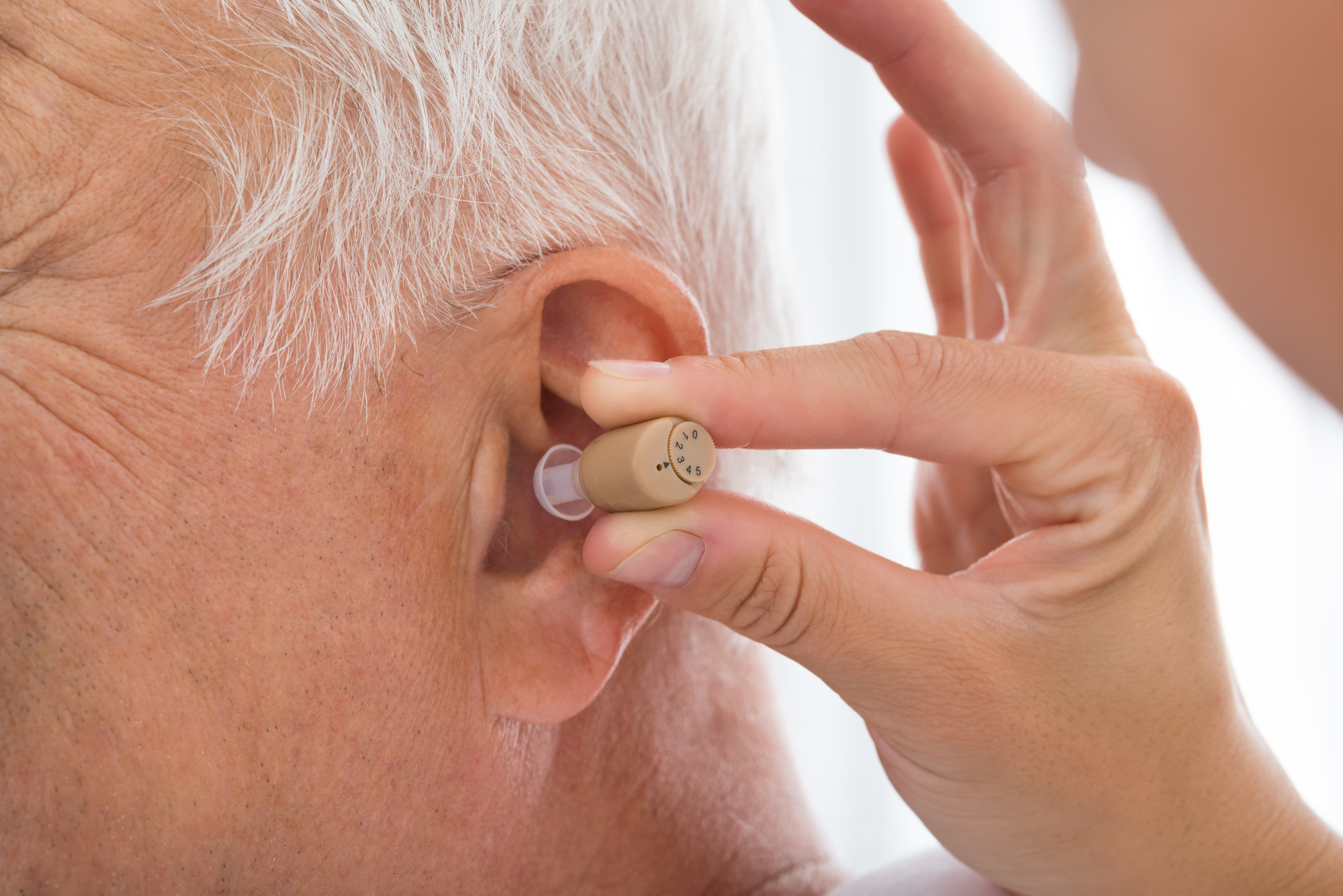Implementing reliable medication reminder systems and tracking
Reliable medication reminders and tracking can reduce missed doses, support independence, and help caregivers coordinate care. This article outlines practical strategies, technologies, and coordination tips that work for older adults, family caregivers, and local services, with attention to accessibility, mobility, and communication needs.

Reliable medication management matters for older adults who value independence and safety. Implementing reminder systems and tracking approaches helps reduce missed or duplicated doses while supporting overall wellness and coordination between family members and care professionals. This article covers practical device and process options, how to adapt systems for aging, mobility, and accessibility concerns, and how to integrate reminders with transportation, appointments, and caregiving routines.
This article is for informational purposes only and should not be considered medical advice. Please consult a qualified healthcare professional for personalized guidance and treatment.
What should medication reminders address for eldercare
Effective reminders go beyond alerts: they must account for dosage timing, medication changes, interactions, and the user’s daily routine. For eldercare, design systems that consider aging-related issues such as hearing or vision loss, memory impairment, and reduced mobility. Use large, clear displays, loud but gentle audio cues, and vibration options. Include visual confirmation or photo labels for medications and simplified instructions for those with cognitive decline. Combine technological tools with human touch—companionship from family or local services can reinforce adherence and catch errors early.
How can technology support adherence and tracking
A range of technologies can assist, from simple pill organizers with alarms to smartphone apps and automated dispensers. Smartphone apps often include logging, refill reminders, and caregiver access for remote monitoring. Automated pill dispensers can release doses at set times and lock compartments between doses to prevent double-dosing. Consider interoperability with electronic health records or pharmacy systems where available to streamline refill workflows and appointment coordination. Choose solutions that provide clear audit trails so caregivers and clinicians can review adherence patterns.
How to integrate accessibility, mobility, and homecare considerations
Design reminder systems that fit into a person’s living environment and mobility patterns. For those with limited mobility, place dispensers and devices within easy reach and ensure they’re lightweight and portable for relocation or travel. Homecare staff and local services can assist with setup and regular checks; incorporate reminders into daily routines like mealtimes or medication rounds during visits. Accessibility features—voice prompts, high-contrast screens, tactile buttons—reduce reliance on fine motor skills and improve independence.
What role do communication and coordination play with caregiving
Medication tracking is most effective when communication channels are clear among seniors, family members, caregivers, pharmacies, and clinicians. Set up shared calendars for appointments and medication changes, and use messaging or caregiver-access features on apps so updates propagate quickly. Regular check-ins—either in person or via telecommunication—help detect side effects, missed doses, or dosage confusion. Coordination also ties into transportation and appointments: ensuring timely pharmacy pickups or delivery services reduces the chance of running out of essential medications.
Which strategies support wellness, finances, and appointment planning
Medication management overlaps with wellness and finances. Maintain an up-to-date medication list, including over-the-counter products, to avoid interactions and unnecessary costs. Use pharmacy synchronized fills or mail-order services to reduce trips and coordinate refill dates, and plan medication reviews around medical appointments. Companion support or local services can assist with insurance queries or prior authorizations. Financial planning may include assessing generic options and coordinating with clinicians to confirm therapeutic equivalence when appropriate.
How to implement and maintain tracking systems in your area
Begin with an assessment: list current medications, typical daily routines, mobility limits, and communication preferences. Pilot one system—such as a pill organizer with alarms or a simple app—and monitor adherence for several weeks. Train the person and any caregivers on setup, troubleshooting, and escalation steps if a dose is missed. Local services and homecare providers can offer setup assistance, periodic checks, and transportation to pharmacy appointments. Regularly review and adjust the system after medication changes, relocation, or health status shifts to keep it reliable and accessible.
Conclusion
Reliable medication reminder systems combine thoughtful technology choices, accessible design, clear communication, and coordinated caregiving. By tailoring tools to mobility, sensory, and cognitive needs and integrating reminders with appointment and transportation planning, families and local services can support safer medication routines and contribute to overall wellness and independence.





